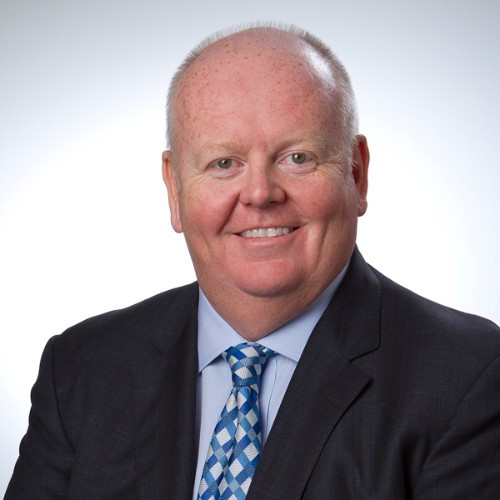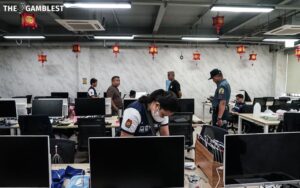Canada black market has killed the monopoly model

Paul Burns, President and CEO of Canada’s gaming trade association, asserts the rise of the black market has effectively dismantled the traditional monopoly model within the industry.
“Due to the extensive presence of unregulated iGaming markets in Canada, the concept of monopoly has been virtually non-existent for the last quarter-century. That’s the reality we face,” Burns stated in a recent interview with GGB magazine.
Recently, Alberta has advanced its iGaming Act, bringing the province closer to establishing a regulated online gaming market, with plans for a launch in the first half of 2026.
Currently, Alberta and Ontario stand as the only provinces to have embraced regulation in the iGaming sector, permitting private operators to compete openly in the market.
The Canada Gaming Association is actively urging the remaining unregulated provinces to take decisive steps to follow Alberta and Ontario’s lead.
Black Market Challenges Demand Immediate Action from Regulators
“There’s considerable discussion surrounding sweepstakes and predictive markets across North America; however, it’s crucial to recognize that new challenges are already emerging,” Burns warns. “As regulators, we are past the point of pausing our efforts.”
A confluence of factors has transformed Canada into a hotspot for gray market operators, notably before Ontario’s regulatory reforms in 2022. Key drivers include the rapid proliferation of high-speed internet in the early 2000s, widespread adoption of online payment methods, and the ubiquitous use of smartphones in the 2010s.
Among the remaining eight provinces, most still adhere to legacy monopoly models. British Columbia, akin to Alberta, maintains an iGaming monopoly, offering a mix of table games, poker, bingo, slots, and lottery tickets. Likewise, Québec operates under a similar framework.
The Atlantic provinces—including New Brunswick, Newfoundland and Labrador, Nova Scotia, and Prince Edward Island—function within a lottery monopoly that includes online gaming, bingo, and instant-win contests.
“We encourage provinces to carve out their own paths. While Alberta is in the midst of this transition, it can certainly learn from Ontario’s experiences, adapting insights to create a framework that aligns with their unique needs,” Burns elaborates.
Is Ontario’s Market Liberalization a Success?
Burns points to Ontario as a potential model for successful market liberalization. A recent estimate from its regulator suggests a channelization rate—indicating the percentage of players engaging with regulated operators—of 84%.
However, H2 Gambling Capital posits that this rate may actually be closer to 93%, marking a notable increase from 83% in 2023. Interestingly, the Alcohol and Gaming Commission of Ontario (AGCO) reported that 20.2% of regulated site players also participate in the unregulated market.
Burns commends Ontario’s ability to significantly transition gray market revenues towards regulated platforms. “Ontario’s success largely hinges on its strategy to create an inviting market for gray operators, providing compelling incentives for their integration into the regulated environment,” he explains.
He anticipates that Alberta will adopt a framework similar to Ontario’s, stating, “Alberta is taking commendable steps to ensure robust consumer protections while making the regulated market attractive. Ontario has set a strong precedent, and we encourage Alberta to refine this regulatory model further.”
Currently, Burns estimates that Alberta’s channelization rate for its PlayAlberta monopoly hovers around 20%, indicating that a substantial portion of the market remains unregulated. This situation is expected to evolve with the impending regulations as PlayAlberta gears up to compete against private market entrants.
A parallel narrative unfolds in Finland, where the monopoly operator Veikkaus is modernizing its offerings and technology to remain competitive in an upcoming liberalized market slated for January 2027.
Other provinces are closely monitoring developments in Ontario and Alberta. Burns reveals that regulatory discussions are underway in Québec and British Columbia, with potential plans for iGaming regulation being explored in collaboration with the Canada Gaming Association.
Tariff Impacts: An Emotional Debate in the Gaming Sector
Beyond regulatory challenges, Burns reflects on the profound impact of tariffs on Canada’s gaming industry. Following President Donald Trump’s imposition of a 25% tariff on Canadian imports, the Alberta Gaming Liquor and Cannabis Commission suspended all purchases of U.S. gaming terminals as of March 6.
The commission mandated that all slot machines, video lottery terminals, and other gaming machines be sourced from vendors based in Alberta or from nations with which Canada holds free trade agreements.
“This issue has sparked significant emotional discourse in Canada, particularly given President Trump’s portrayal of U.S.-Canada relations devoid of factual context,” Burns asserts. “This disruption bears real implications for provincial governments, prompting shifts in procurement policies and strategies in response.”
Notably, approximately 70% of gaming machines distributed in Canada are procured through agencies linked to provincial governments. This reality may necessitate a strategic overhaul for operators, many of whom will likely aim to source local supplies moving forward.







